What is an NBIoT 4G LTE Cat M1 Omnidirectional Antenna?
The High-performance NBIoT 4G LTE Cat M1 Omnidirectional Antenna style CTRF-ANTENNA-AP-8027-13220-SMA antenna is a swivel antenna 6dBi SMA antenna manufactured by C&T RF Antennas Inc. for LPWAN & IoT applications.
The NBIoT 4G LTE Cat M1 Omnidirectional Antenna has a 6 dBi high gain, a 13x220mm plastic ABS housing, an SMA male plug connector, an Omni dipole designed antenna for 4G LTE Cat M1 NB-IoT applications.
C&T RF Antennas Inc, a professional indoor-outdoor antenna manufacturer in China, supplies LPWAN & Cellular IoT Antennas.
We provide the IoT & M2M antenna with many antenna types such as Through-hole Mount Antennas, Magnetic Mount Antennas, Rubber Duck Antennas, Fiberglass Antennas, PCB Antennas, FPC Antennas, Spring Coil Antennas, Sector Antennas, Yagi antennas, etc.
C&T RF Antennas Inc provides the internal-external antenna with many radio frequency bands such as Cellular, 6G, 5G, 4G, 3G, NB-IoT, GNSS, GPS, Dual-band Wifi, 5.8 GHz, 2.4 GHz, 169MHz, 230MHz, 315MHz, 433MHz, 868MHz, 915MHz LoRa, UWB, RFID, ADS-B, etc.
C&T RF Antennas Inc provides single-band, dual-band, and multi-band antennas such as 3in1 combination antennas 4G/GPS/Wifi antennas, 2in1 4G/GPS antennas, GSM/GPS antennas, 4G/Wifi antennas, GPS/Wifi antennas, etc. for Wi-Fi And Bluetooth, GPS And GNSS, LoRa And ISM, IoT, And M2M applications.
Contact us for more High-performance NBIoT 4G LTE Cat M1 Omnidirectional Antenna details such as 4G LTE Cat-M1 NB-IoT Antenna datasheet, 4G LTE Cat-M1 NB-IoT Antenna pricing, 4G LTE Cat-M1 NB-IoT Antenna inventory.
Or other indoor-outdoor 4G LTE Cat-M1 NB-IoT antenna styles.
High-performance NBIoT 4G LTE Cat M1 Omnidirectional Antenna Specifications
High-Gain NBIoT 4G LTE Cat M1 Omnidirectional Antenna Electrical Specifications | |
| RF Antenna Type | Rubber Duck Antenna |
| Model | CTRF-ANTENNA-AP-7027-13220-SMA |
| Frequency Center | 800-960 MHz; 1710-2700 MHz |
| Gain | 5/7 dBi |
| VSWR | ≤2.0 |
| Impedance | 50 Ω |
| Polarization | Verticle |
| Directional | Omnidirectional |
| Connector | SMA Male |
| Max Power | 50W |
| Lightning Protection | DC-Ground |
High-Gain NBIoT 4G LTE Cat M1 Omnidirectional Antenna Mechanical Specifications | |
| Dimension | 13*220mm |
| Weight | Approx. 25g |
| Radome Material | Plastic ABS |
| Operation Temperature | -20˚C ~ +80˚C |
| Storage Temperature | -40˚C ~ +85˚C |
| Color | Black |
| Antenna Design | Dipole Array |
| Mounting | SMA Connector |
| SafetyEmission and other | RoHS Compliant |
| Applications | ISM/SCADA/Utilities, M2M/IoT/NB-IoT/LoRa, LTE-M/Cat-M, 2G/3G/GSM/4G/UMTS, etc. |
What is 4G LTE Cat M1?
LTE Cat M1 is a new cellular technology designed to meet the needs of applications targeting the Internet of Things (IoT) or machine-to-machine (M2M) communications.
LTE Cat M1 is a Low Power Wide Area (LPWA) air interface that allows you to connect IoT and M2M devices with medium data rate requirements (375 kb/s uploads and downloads in half-duplex mode).
It allows for longer battery life cycles and greater coverage than standard cellular technologies such as 2G and 3G.
LTE Cat M1’s main features include.
1. Voice support via VoLTE
2. Full mobility and on-board switching
3. Low power consumption
4. Extended coverage
LTE Cat M1 Content Extension
LTE Cat M1 is part of the 3GPP Release 13 standard, which also defines Narrowband IoT (NB-IoT or LTE Cat NB1), both of which are LPWA technologies in the licensed spectrum.
Cat M1 has an uplink and downlink speed of 375 kb/s in half-duplex mode, specifically supporting IoT applications with low to medium data rate requirements.
At these speeds, LTE Cat M1 can provide remote over-the-air firmware updates (FOTA) within a reasonable timeframe, making it well-suited for applications running on devices deployed in the field for long periods.
In some use cases, up to 10 years of battery life on a single charge also helps reduce maintenance costs for deployed devices, even in places where the end device may not be directly connected to the grid.
This important feature is widely used in the locator sector, as the extremely low power consumption ensures the long and stable operation of the device.
When it comes to LTE Cat M1, NB-IoT is inseparable, and they appear like brothers together.
Compared to NB-IoT, LTE Cat M1 is ideal for mobile use cases, as it can handle switching between towers just like high-speed LTE.
For example, if a vehicle needs to cross several different network cells to move from point A to point B, a Cat M1 device performs the same as a cellular phone and does not lose connectivity.
In contrast, an NB-IoT device must reach a new network cell before re-establishing a new connection at a point.
Another big advantage is the support of voice capabilities via VoLTE (Voice over LTE), which means it can be used for applications that require some level of human interaction, such as certain health and safety areas (e.g., instant solutions and alarm panels).
High-performance Omni Rubber Duck Antenna Features
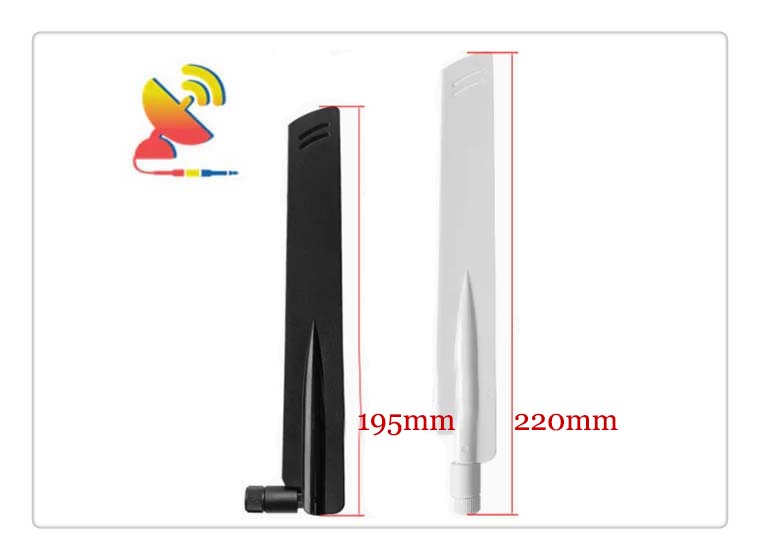
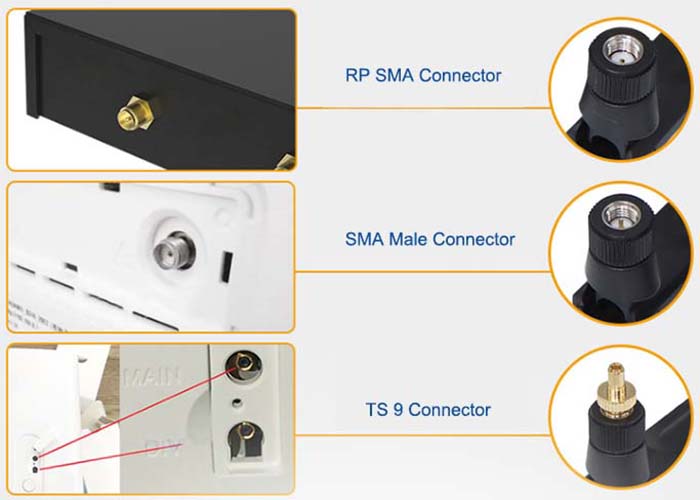

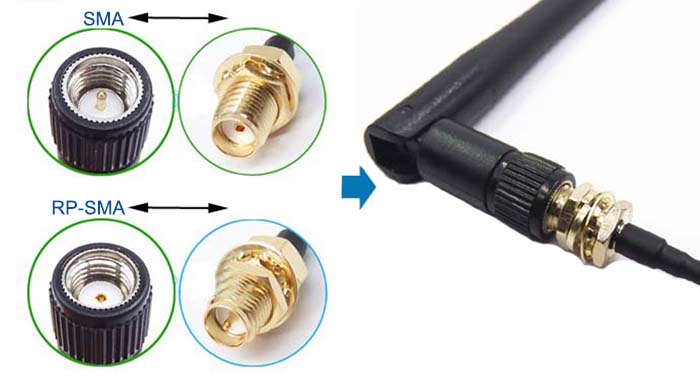
High-performance Antenna Applications
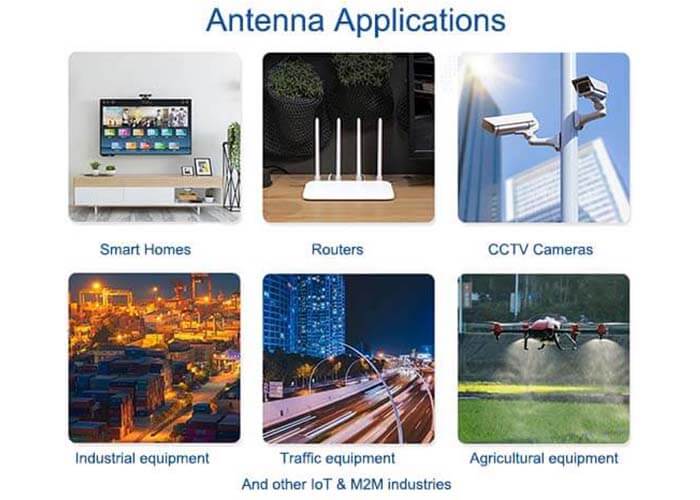

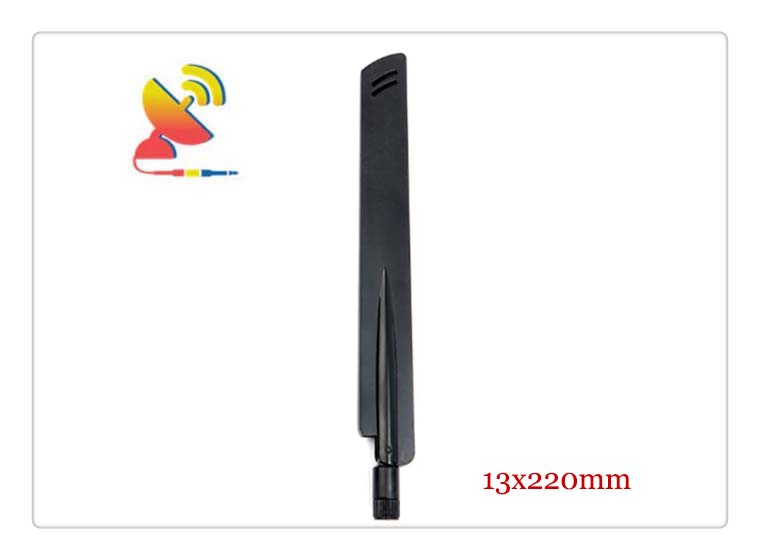
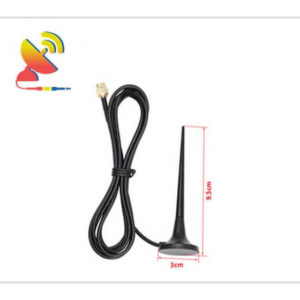
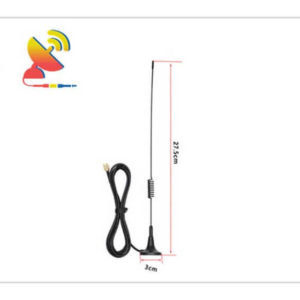
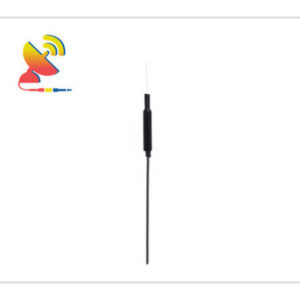
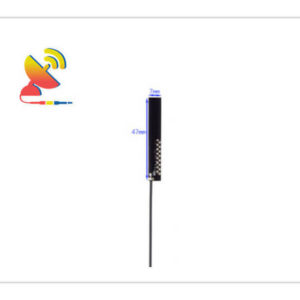
Reviews
There are no reviews yet.